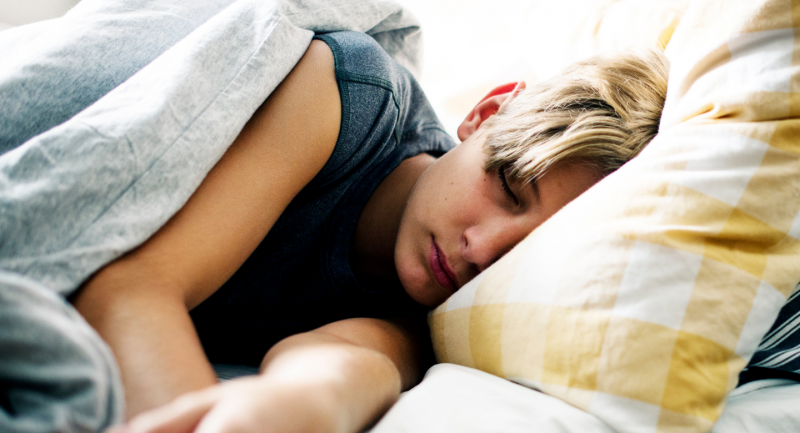
CERSI P.I.s and Collaborators: Wendy Camelo Castillo, M.D., M.Sc., Ph.D., UMB School of Pharmacy; Susan dosReis, Ph.D., UMB School of Pharmacy; Gloria Reeves, M.D., UMB School of Medicine
FDA SME and Collaborator: Leonard Sacks, M.D., CDER
Project Description and Goals
This project aims to leverage the power of mobile technology to address three primary objectives: (1) fill the gap in the capture of behavioral, functional and activity data; (2) ease the burden on patients, caregivers, and providers struggling to capture relevant and actionable data related to treatment and care management; (3) identify severity of behavioral changes after treatment initiation or change, rates of adverse events/secondary effects, along with patterns of medication use and adherence. The ultimate goal is to integrate this data with larger data systems and existing data sources to support changes in labeling or in practice patterns.
The group proposes to develop an innovative, engaging, mHealth application (app) to capture adverse events or secondary effects after psychotropic medication initiation among youth (9-18y) through ecological momentary assessment of mood, behaviors and functionality. Participants will include youth and their caregivers recruited from the outpatient clinics and programs from the Division of Child and Adolescent Psychiatry at the University of Maryland and their provider community network. The group will use a mixed-methods design where a qualitative approach will inform app development, and quantitative methods will allow comparisons between measures of outcomes captured through instruments typically used in randomized controlled trials and measures captured in real-time through the app. To build the app, the group will develop a conceptual framework with input from a stakeholder group comprised of youth with mental health diagnosis, caregivers, researchers and providers. This framework will guide the qualitative component to characterize the youth and caregiver experience, which will allow identification of outcomes of interest related to mood, behavior, functionality and side effects of treatment.
Based on input from youth, caregivers and providers, the group will develop measures to capture these outcomes, which will be incorporated into the app to capture daily variations. Stakeholders will provide input on ideal timing, frequency and intensity for the collection of the user-defined outcomes. User-defined outcomes will be compared with those frequently used in the clinical setting such as scales for mood/anxiety and behavior (Children's Depression Rating Scale, Clinical Global Impressions, Global Assessment of Functioning) which typically require recollection of events over a period of time (past week). Initiation of treatment and adherence will be captured, and youth and caregivers will have the opportunity to write a blog to describe their experiences during treatment. Level of activity will be measured passively through wearable devices (such as Fitbit) and will be qualified with of contextual information (for example, walking in the park or lying in bed). Participants will be given an activity tracker to facilitate data collection. The group will use an iterative development process to obtain feedback and usability data from youth and caregivers.
Top